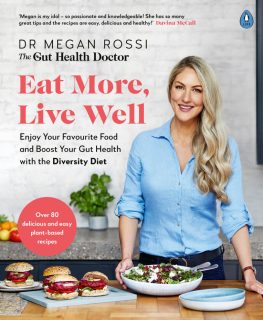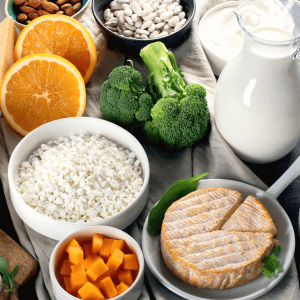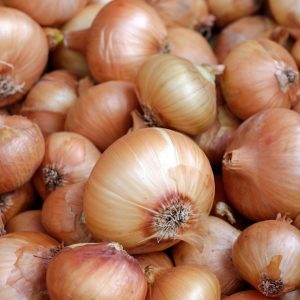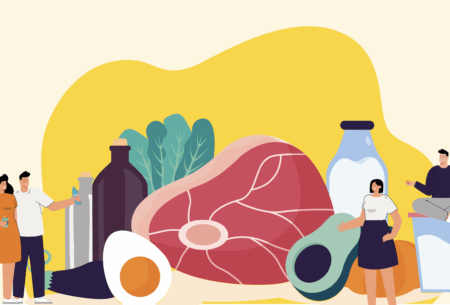Weight for weight, healthy bone is as strong as steel. But, did you know that, if it’s weakened (like in the case of osteoporosis), the force of a single sneeze could break it? Many people overlook their bone health, until a fracture occurs. However, with some simple bone-friendly diet and lifestyle hacks, you can strengthen that skeleton!
So what’s happening to our bones over time, and why do we need to look after them?
It helps to think of your bones as living things that are constantly broken down and replaced with new bone. Your skeleton is completely replaced over a decade. However, from the age of about 30, we lose more bone than we make. This leads to a progressive loss of bone mass.
Osteoporosis is a condition that accelerates this process even more. The bones become more fragile and more likely to break – even a sudden move could lead to a fracture. Oestrogen depletes in women during peri and postmenopause, which speeds up bone loss even more. 1 in 3 women over the age of 50 years (and 1 in 5 men) will experience bone fractures as a result of this condition (review study)*. So what we can do to help?
Though genetic factors play a role here, as do some medications such as steroids, diet can play a big part.
















